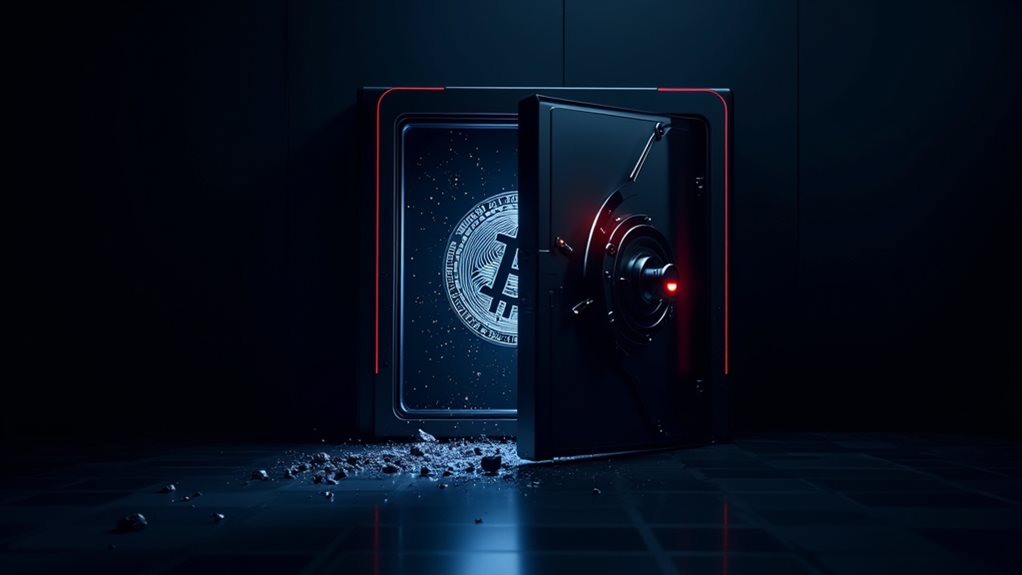The US Treasury slammed Russian crypto exchanges Garantex and Grinex with fresh sanctions in August 2025, targeting their $100 million money laundering empire that helped ransomware gangs and sanctions dodgers move dirty cash. These firms basically became the wild west of crypto, ignoring every anti-money laundering rule while processing transactions for notorious groups like Conti and LockBit. Three executives got hit with sanctions, one arrested in India. The crackdown reveals how deep this rabbit hole goes.

While most people were probably worried about their morning coffee prices, the US Treasury was busy dropping the hammer on Russian crypto firms in August 2025. The Office of Foreign Assets Control renewed sanctions on Garantex, a Russian crypto exchange, and its sneaky successor Grinex. Apparently, switching names doesn’t fool federal investigators.
Garantex had been living it up since 2019, processing over $100 million in illicit transactions. Ransomware payments, cybercrime proceeds, darknet market deals—they handled it all. When authorities seized their domain and froze $26 million in crypto assets, did they give up? Of course not. They just rebranded as Grinex and kept the party going. With digital asset oversight evolving rapidly, such enforcement actions reflect the SEC’s commitment to consumer protection.
When your crypto exchange gets busted for laundering $100 million, just rebrand and keep the criminal enterprise rolling.
The Treasury wasn’t playing games. They sanctioned six affiliated companies and three executives who ran this digital money laundering operation. Sergey Mendeleev, Aleksandr Mira Serda, and Pavel Karavatsky—the three co-founders—got the full treatment. One even got arrested in India. Oops.
These guys intentionally ignored Anti-Money Laundering and Counter-Terrorism Financing requirements. Because following rules is apparently optional when you’re facilitating ransomware attacks that threaten national security. The criminal network had deep ties to notorious ransomware groups including Conti, Black Basta, LockBit, and NetWalker.
But wait, there’s more. The Treasury also went after A7A5, a ruble-backed stablecoin that processed about $1 billion daily. This token, issued by Kyrgyzstan firm Old Vector, was backed by sanctioned Russian bank Promsvyazbank. Over $51 billion in transactions flowed through their network. That’s not pocket change.
The stablecoin helped Russians dodge international financial restrictions after seizures. Pretty convenient when your country’s banking system gets cut off from the world.
US authorities didn’t work alone. They teamed up with German and Finnish police for coordinated strikes. This wasn’t Garantex’s first rodeo—initial sanctions hit them back in 2022. The US District Court for the Eastern District of Virginia had unsealed indictments against the executives earlier in March. Clearly, they didn’t get the memo.
These enforcement actions target the financial infrastructure supporting Russia’s war efforts through crypto-enabled sanctions evasion. The Treasury’s message is crystal clear: use crypto to launder money and evade sanctions, face the consequences. No morning coffee will make that headache go away.









